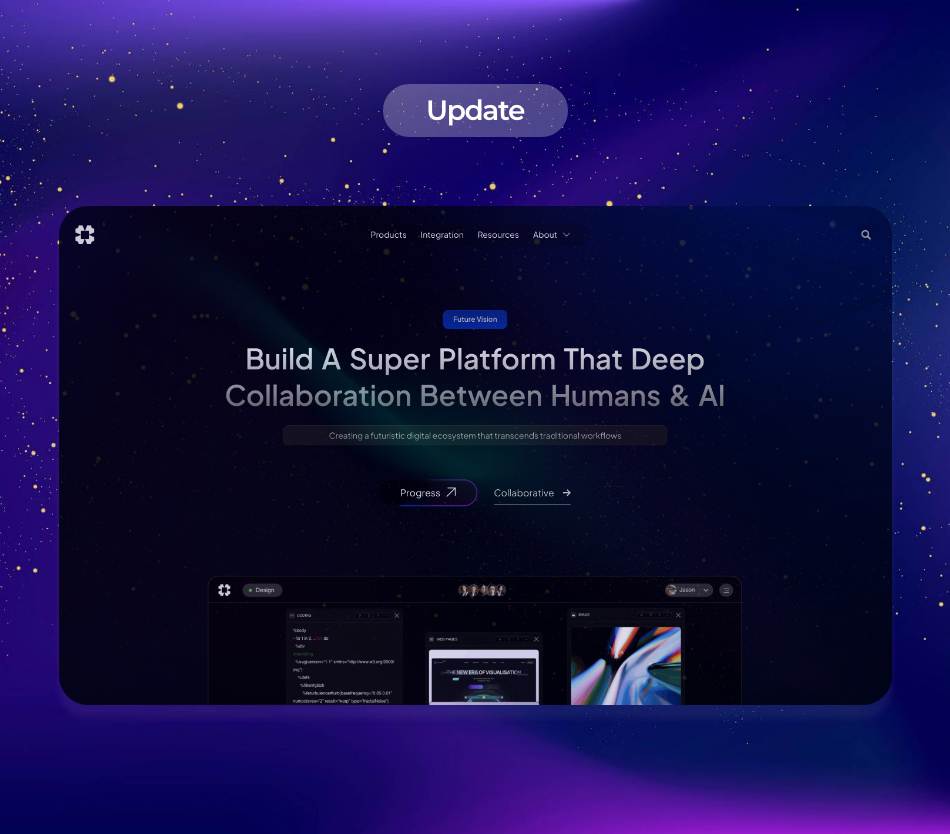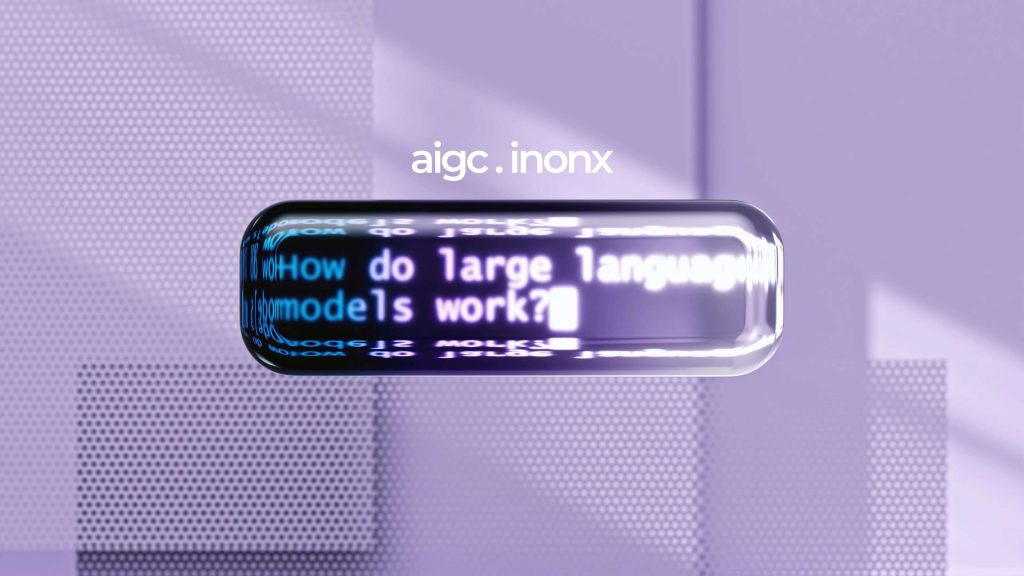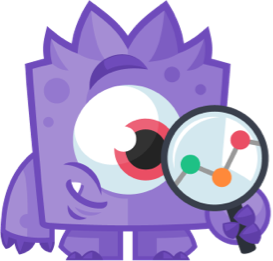In the rapidly evolving landscape of technology, the integration of Artificial Intelligence (AI) into operating systems (OS) has become a focal point for innovation. One of the most promising developments in this domain is the AIOS (Artificial Intelligence Operating System), which is designed to optimize Edge AI applications. This article delves into the latest trends, solutions, and industry applications of AIOS, highlighting the significance of Adaptive UI and Contextual AI in enhancing user experiences and operational efficiency.
The concept of Edge AI refers to the deployment of AI algorithms directly on devices at the edge of the network, rather than relying solely on centralized cloud computing. This paradigm shift enables faster data processing, reduced latency, and improved privacy and security. AIOS serves as a bridge, facilitating the integration of AI capabilities into edge devices, making them smarter and more responsive to real-time data.
**The Emergence of AIOS for Edge AI**
AIOS is designed to support the unique requirements of Edge AI, offering a lightweight, efficient platform that can operate with limited resources. This is particularly important for devices such as IoT sensors, drones, and autonomous vehicles, which often have constraints in terms of processing power and battery life. By leveraging AIOS, these devices can perform complex computations locally, significantly enhancing their functionality.
One of the key features of AIOS is its ability to manage and optimize resource allocation dynamically. This ensures that edge devices can prioritize critical tasks without being bogged down by less important processes. For instance, in a smart manufacturing environment, AIOS can enable predictive maintenance by analyzing machine data in real-time, allowing for immediate action to prevent downtime.
**Adaptive UI in AIOS: Enhancing User Interaction**
As AIOS continues to evolve, the importance of user interface design cannot be overstated. The Adaptive UI feature of AIOS plays a crucial role in tailoring user experiences based on individual preferences and contextual information. By leveraging machine learning algorithms, AIOS can learn from user interactions and adapt its interface accordingly.
For example, in a smart home environment, an AIOS-enabled device can adjust its interface based on the user’s routine. If a user typically interacts with their smart thermostat in the morning, the AIOS can prioritize that functionality on the home screen during that time. This level of personalization not only enhances user satisfaction but also improves the overall efficiency of device interactions.
Moreover, Adaptive UI can significantly benefit industries such as healthcare, where practitioners often need to access critical information quickly. An AIOS that adapts its interface based on the context of the medical environment can streamline workflows, allowing healthcare professionals to focus more on patient care rather than navigating complex systems.
**Contextual AI in OS: Understanding User Needs**
Contextual AI is another pivotal aspect of AIOS that enhances its functionality. This technology enables the operating system to understand the context in which it is being used, allowing for more intelligent decision-making and automation. By analyzing data from various sources, including location, time, and user activity, Contextual AI can provide insights that significantly improve user interactions.
In retail, for instance, AIOS can utilize Contextual AI to enhance customer experiences. By understanding customer behavior and preferences, retailers can offer personalized recommendations in real-time. If a customer frequently purchases athletic gear, the AIOS can highlight relevant promotions or new arrivals as the customer shops, thereby increasing engagement and sales.
Furthermore, Contextual AI can be instrumental in smart cities, where it can analyze traffic patterns, weather conditions, and public transport schedules to optimize urban mobility. AIOS can facilitate real-time updates to navigation apps, helping commuters avoid congestion and arrive at their destinations more efficiently.
**Industry Applications and Use Cases of AIOS**
The applications of AIOS in Edge AI are vast and varied, spanning multiple industries. In agriculture, for example, AIOS can power smart farming solutions that utilize drones and IoT sensors to monitor crop health. By processing data locally, these devices can provide farmers with immediate insights, enabling them to make informed decisions about irrigation, fertilization, and pest control.
In the automotive sector, AIOS is paving the way for autonomous vehicles. By integrating AI capabilities directly into the vehicle’s operating system, manufacturers can enhance safety features, improve navigation systems, and enable real-time decision-making. This not only enhances the driving experience but also contributes to the overall safety of road users.
Moreover, the healthcare industry is witnessing significant advancements through the implementation of AIOS. Telemedicine platforms powered by AIOS can analyze patient data in real-time, providing healthcare professionals with actionable insights during virtual consultations. This capability is especially crucial in remote areas where access to healthcare services may be limited.
**Technical Insights: The Architecture of AIOS**
Understanding the technical architecture of AIOS is essential for grasping its potential. At its core, AIOS is built on a modular framework that allows for flexibility and scalability. This architecture enables developers to integrate various AI models and algorithms seamlessly, catering to the specific needs of different applications.
The lightweight nature of AIOS is achieved through optimized resource management, which ensures that even devices with limited processing power can run AI algorithms effectively. This is particularly important for Edge AI applications, where low latency and high efficiency are paramount.
Additionally, AIOS incorporates robust security measures to protect sensitive data processed at the edge. With the increasing concerns around data privacy, AIOS employs encryption and secure communication protocols to safeguard user information, ensuring compliance with regulations such as GDPR.
**Future Trends and Innovations in AIOS for Edge AI**
As the demand for Edge AI continues to grow, the future of AIOS looks promising. Innovations in hardware, such as more powerful edge devices and advanced sensors, will further enhance the capabilities of AIOS. Additionally, the ongoing development of AI algorithms will enable more sophisticated applications, driving the integration of AI into everyday devices.
One emerging trend is the convergence of AIOS with 5G technology. The combination of high-speed connectivity and intelligent edge computing will unlock new possibilities for real-time data processing and analysis. This synergy will be particularly impactful in industries such as telemedicine, autonomous driving, and smart cities.
Moreover, the focus on sustainability is likely to shape the evolution of AIOS. As organizations strive to reduce their carbon footprint, AIOS can play a crucial role in optimizing energy consumption in smart buildings and industrial processes, contributing to a greener future.
**Conclusion: The Transformative Power of AIOS in Edge AI**
In conclusion, AIOS represents a significant advancement in the integration of AI into operating systems, particularly in the context of Edge AI applications. With features such as Adaptive UI and Contextual AI, AIOS enhances user experiences and operational efficiency across various industries. As technology continues to evolve, the potential applications of AIOS are boundless, paving the way for smarter, more responsive devices that can transform the way we live and work.
The journey of AIOS is just beginning, and its impact on the future of technology will undoubtedly be profound. As organizations embrace this innovative operating system, we can expect to see a new era of intelligent edge computing that not only meets the demands of today but also anticipates the needs of tomorrow.
**Sources:**
1. “The Future of Edge AI: Opportunities and Challenges.” McKinsey & Company. [Link](https://www.mckinsey.com)
2. “Adaptive User Interfaces: The Future of User Experience.” Nielsen Norman Group. [Link](https://www.nngroup.com)
3. “Contextual AI: The Next Frontier in Artificial Intelligence.” Harvard Business Review. [Link](https://hbr.org)
4. “AIOS: Transforming Edge Computing.” IEEE Spectrum. [Link](https://spectrum.ieee.org)
5. “The Role of AI in Smart Manufacturing.” Deloitte Insights. [Link](https://www2.deloitte.com)


























